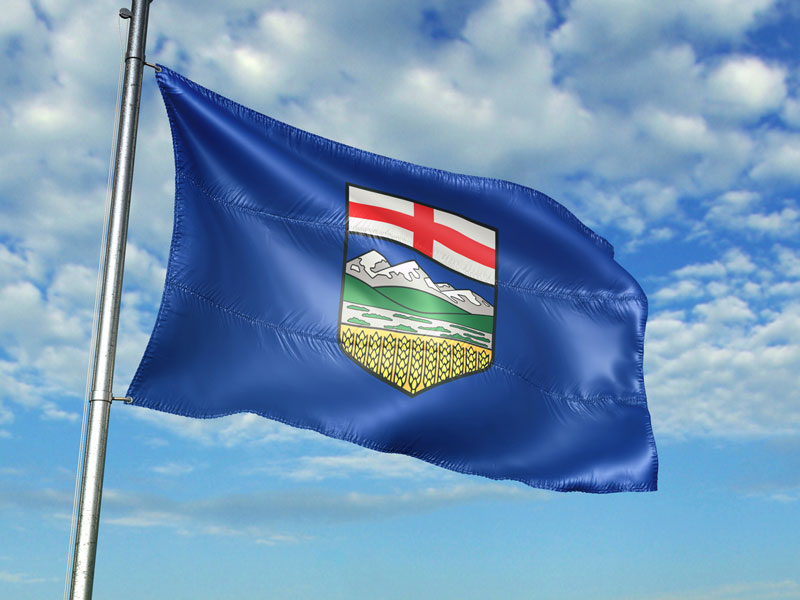
Most Albertans are not happy about another Liberal government in Ottawa. The province delivered strongly, as always, for the Conservative Party of Canada, electing Conservatives in 30 of its 34 federal seats (although, and I’ll get to this later, that is down by four from 2019’s sweep).
But, once again, those MPs are outnumbered by Liberal red. The federal seat tally sits at 159 for the Liberals to 119 for the Tories, a fact that sticks in the craw of many western Canadians because, for the second straight election, the Conservatives won the popular vote, at 33.7% to 32.6%. Still, for the second Parliament in a row, the Conservatives will sit as the official opposition.
It’s true that there are some in Alberta whose venom for the prime minister is absurd, who slap “F*** Trudeau” decals on their half-tons, blame Trudeau for their problems (real and perceived) and advocate for an independent Alberta. But to focus on them is to lose sight of the people who simply think their interests are not well represented in Ottawa.
Once again, we have a Liberal government that draws its support primarily from Quebec, Ontario and the Lower Mainland of B.C., while the Prairie provinces and northeastern B.C. went blue. Such dramatic fault lines are not good for Canadian democracy and all federal leaders should seek to diminish them.
But it’s also important to understand that Alberta is not a monolith. The four federal seats that did not go blue are a significant refutation of the federal Conservatives and party leader Erin O’Toole. Two seats in Edmonton went to the NDP, and one in each of Edmonton and Calgary to the Liberals. Also significant: the Conservatives’ share of the vote in Alberta dropped to 55% this year from 70% in 2019.
Frustration with the election results might have been worse but for two factors. First, Albertans are united, perhaps for the first time in history, in their anger at Premier Jason Kenney for his mishandling of the Covid-19 pandemic. After his disastrous lifting of virtually all restrictions on July 1 — declaring that Albertans would enjoy the “best summer ever” — Alberta has experienced the worst of the pandemic.
Kenney was on vacation for much of August while the number of cases climbed and the government refused to act. Now, case counts, hospitalizations and ICU admissions are all at record highs. Kenney has seen open rebellion within his caucus and narrowly averted a leadership review. The Alberta NDP has seen a surge of support and has been handily out-fundraising the provincial United Conservative Party all year.
Some of that venom spilled over and tainted O’Toole, who initially backed Kenney’s handling of the pandemic. O’Toole stumbled on the national stage when asked about the situation in Alberta the day after the province reinstated tight restrictions in mid-September. He repeatedly dodged questions about Kenney’s about-face regarding vaccine passports, giving the Liberals a convenient wedge issue.
Second, there are two measures in Alberta that can never be ignored: the prices of oil and gas. Western Canadian Select has been above US$40 a barrel most of the year and passed US$60 in July and September. Natural gas is also at multi-year highs, and that means the provincial economy is beginning to hum again. The provincial government recently announced that the deficit is projected to be $7.8 billion this year, less than half of the $18.2 billion predicted in February. That is entirely due to increased royalty revenue.
A healthy provincial economy will not solve all of Kenney’s problems, but it’s definitely a salve on the open wound that has been his government in recent months.
Advisor chargebacks are bad for the industry
The CSA is considering a ban on the practice